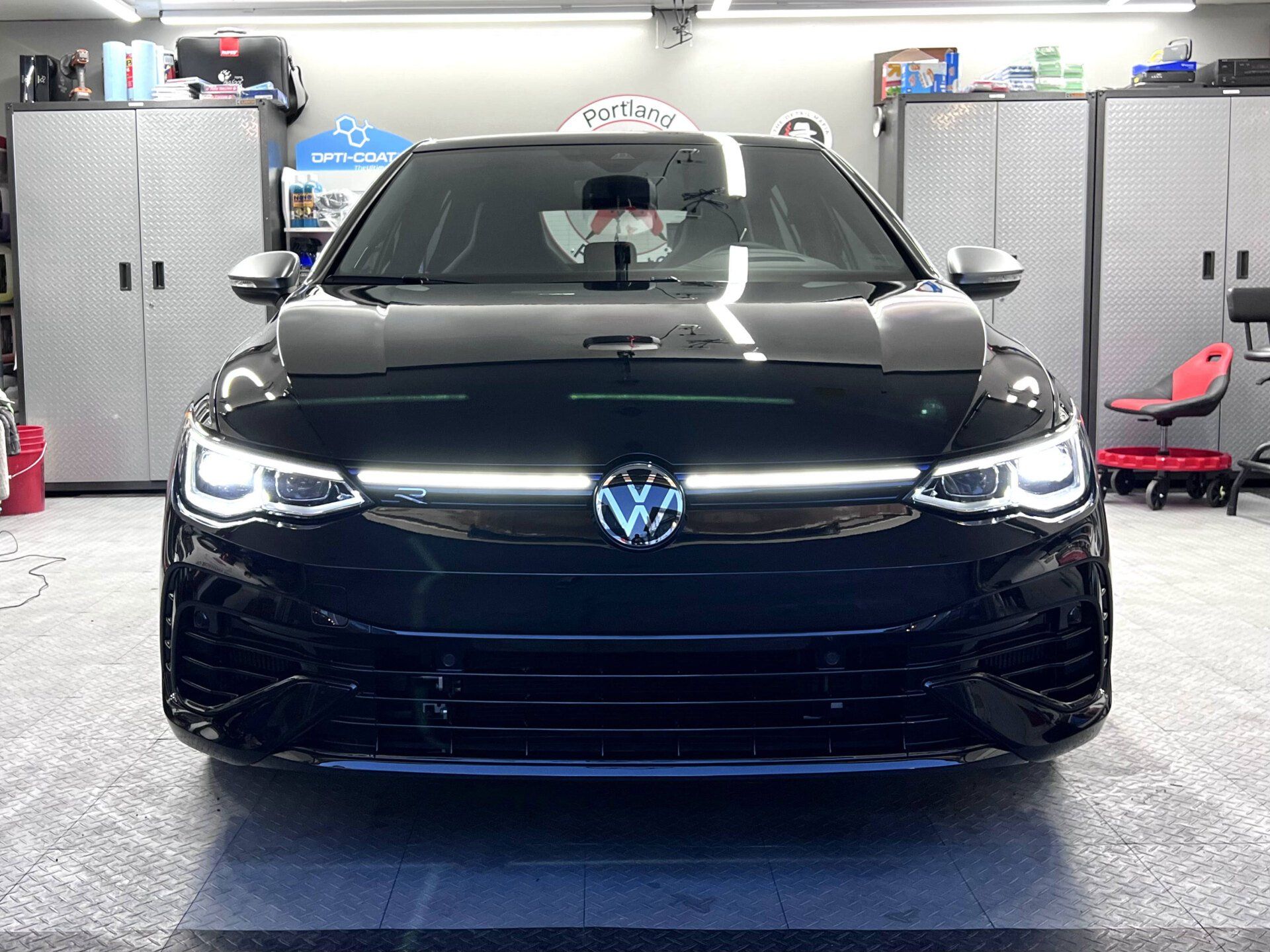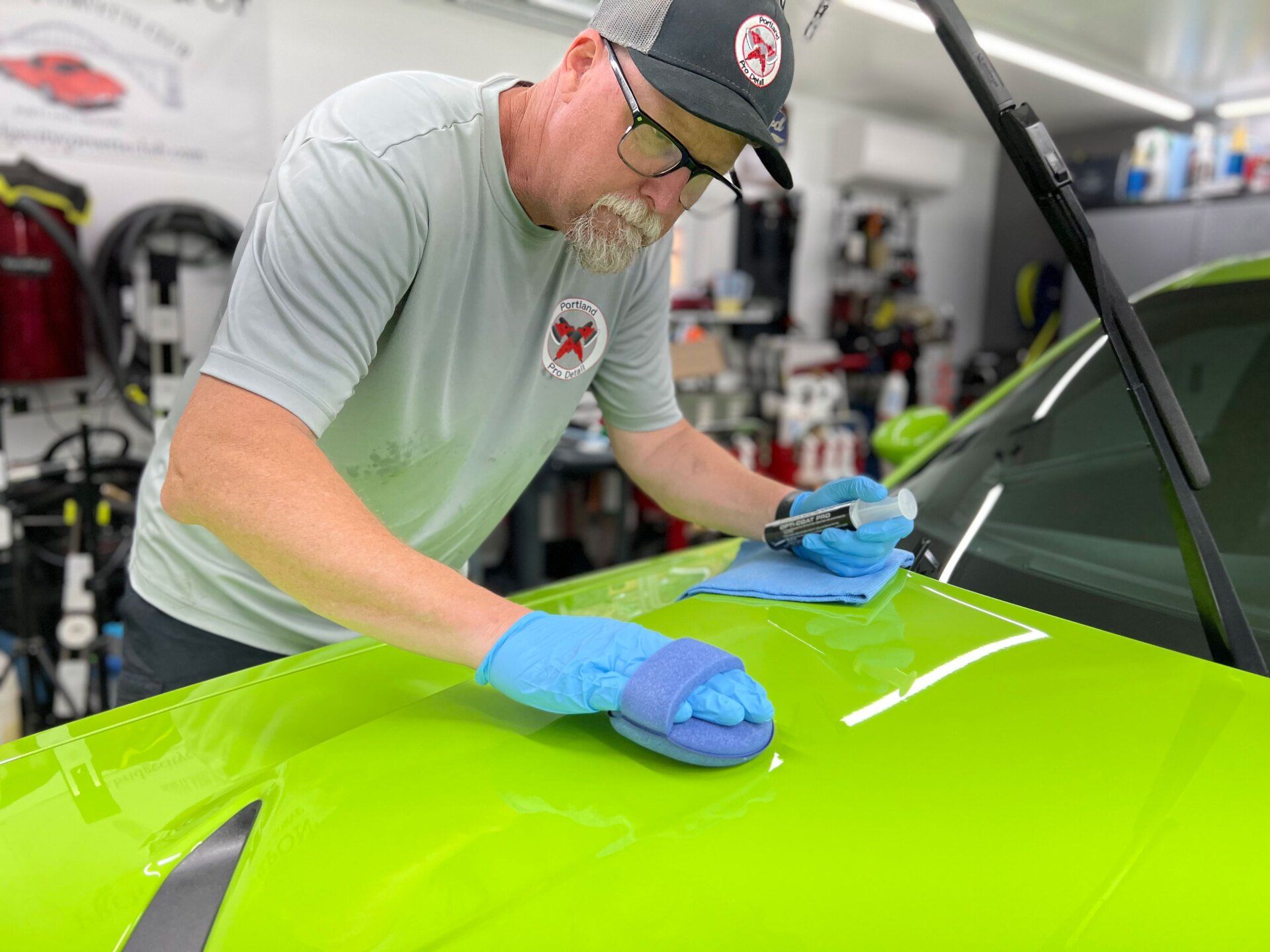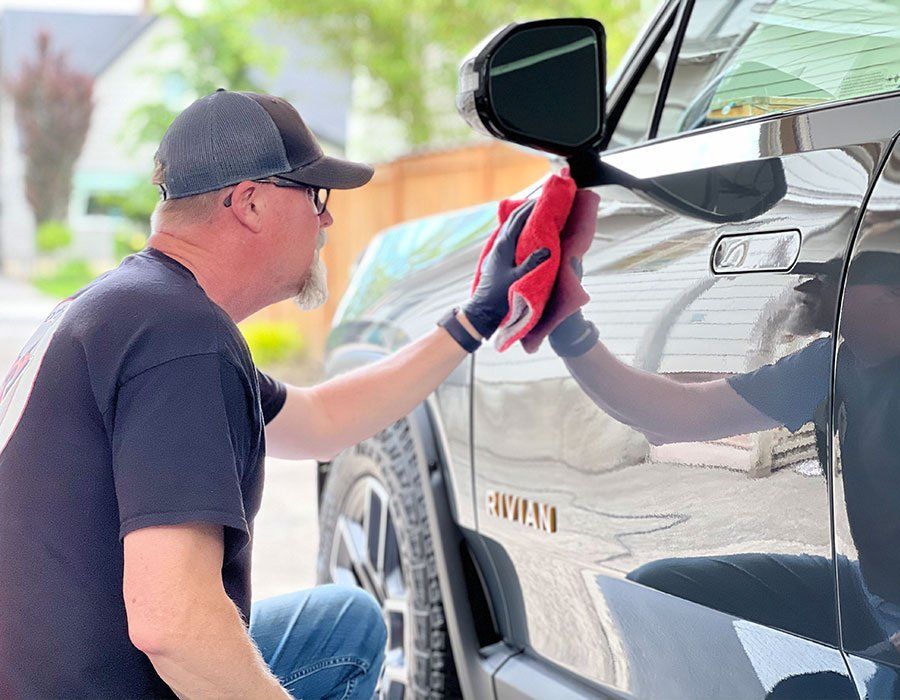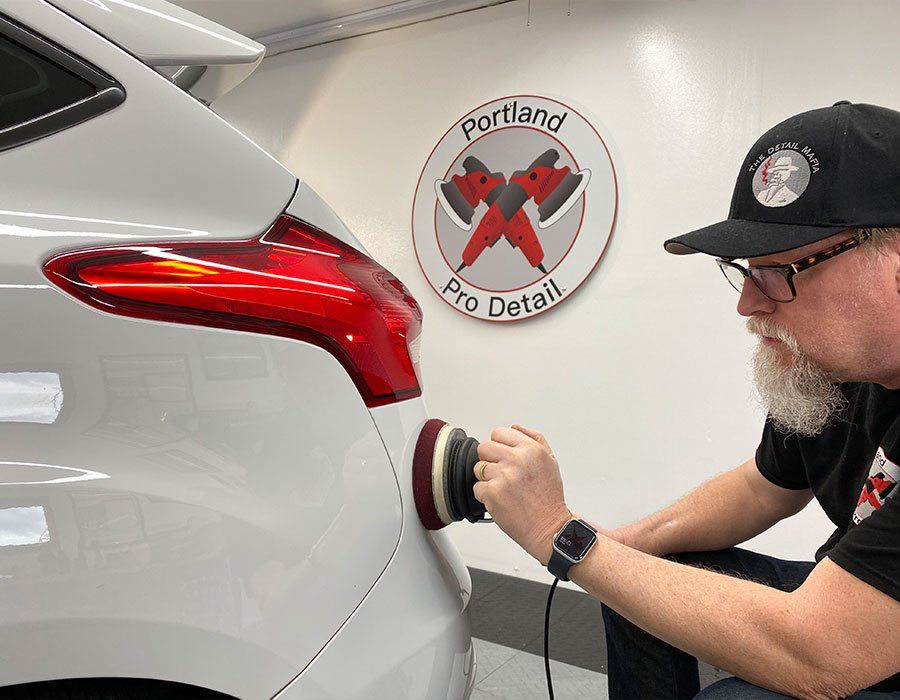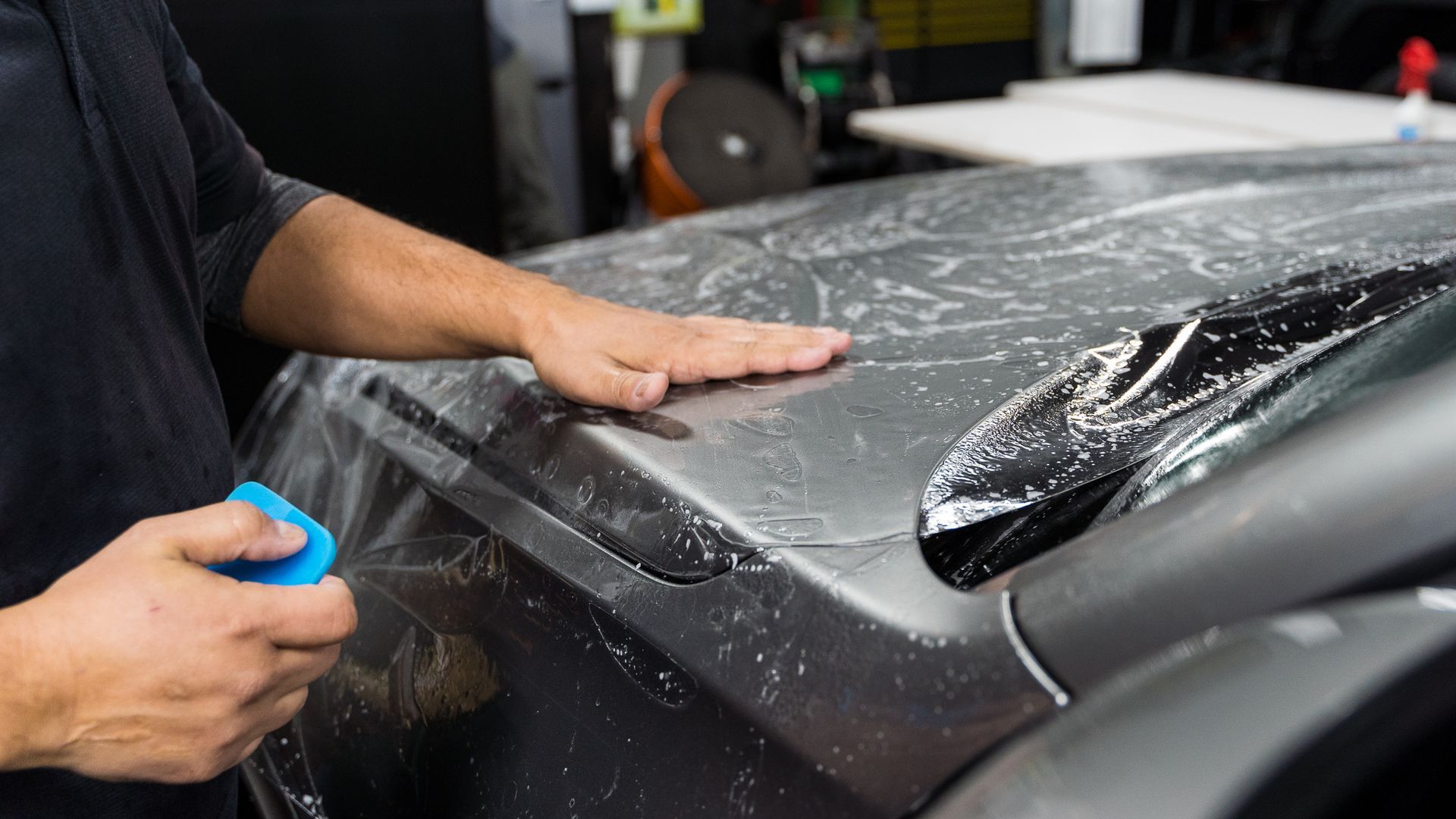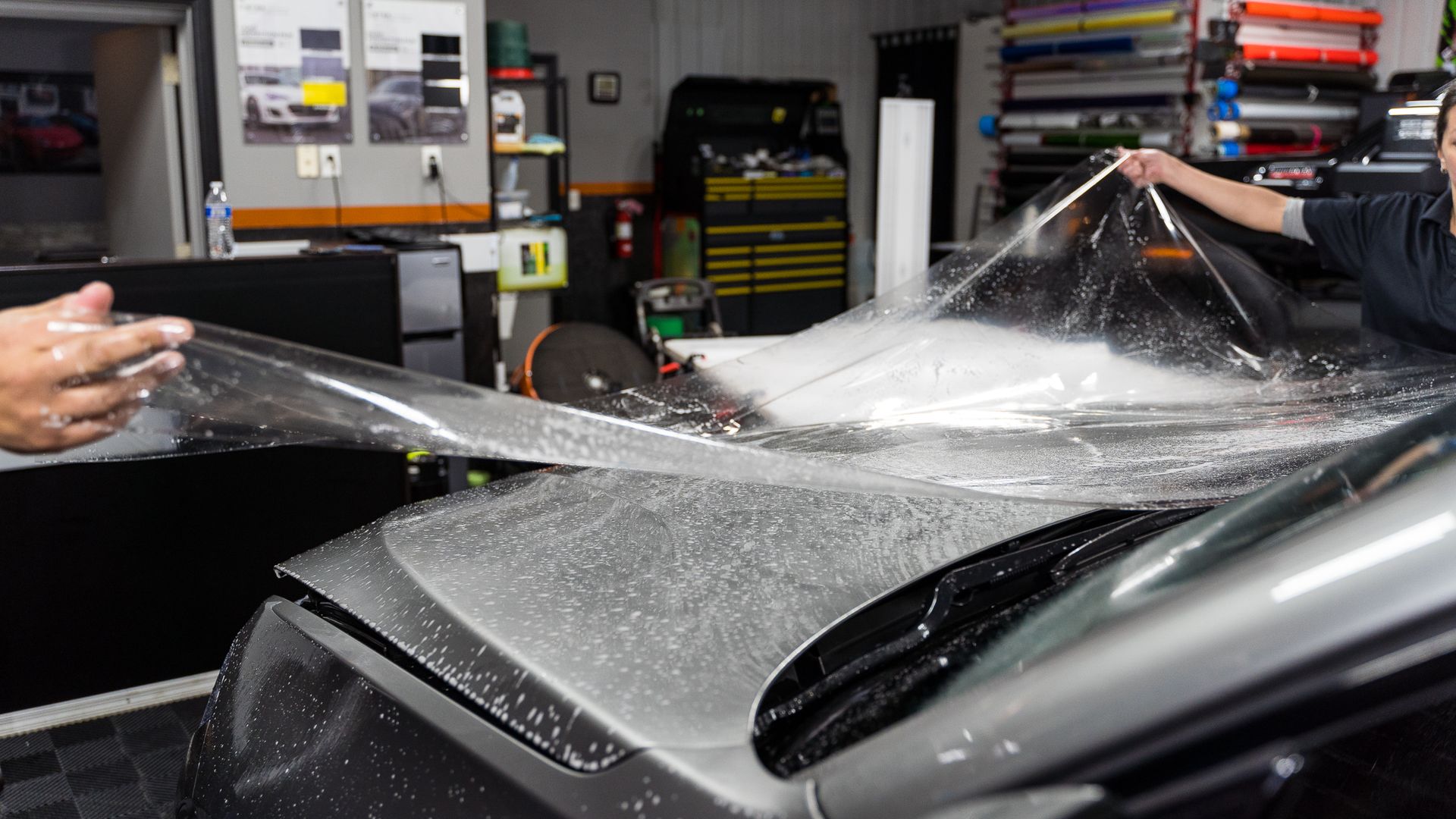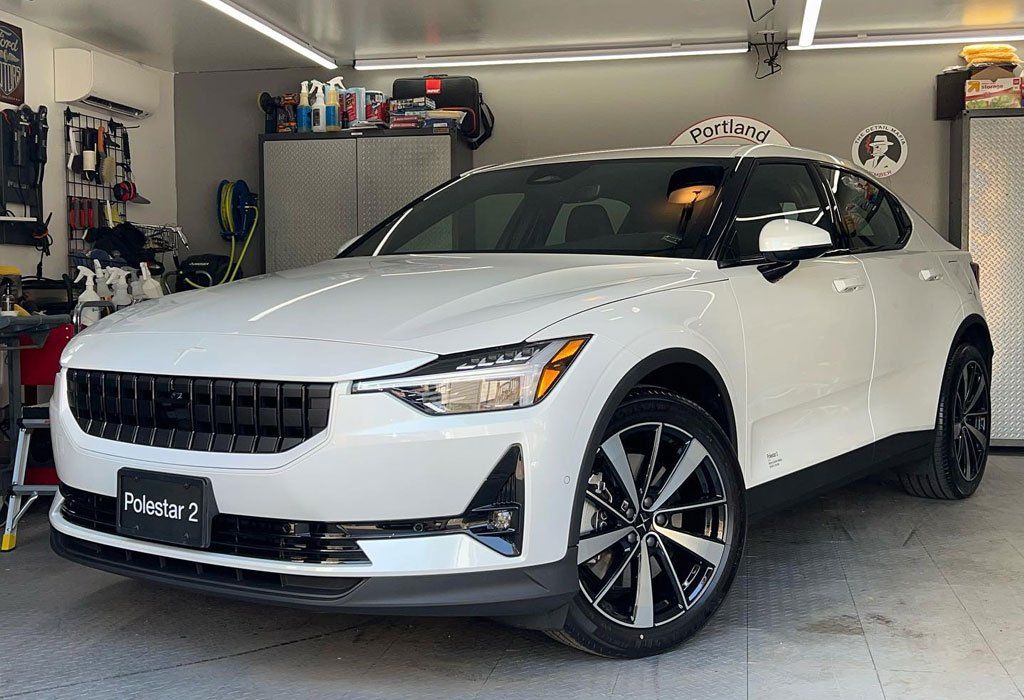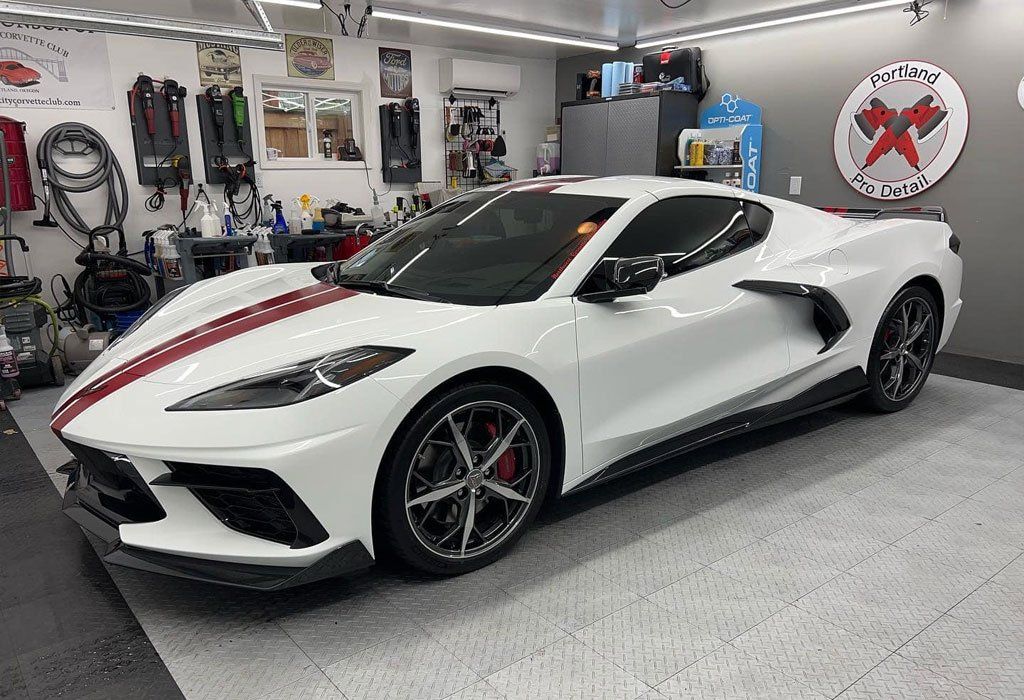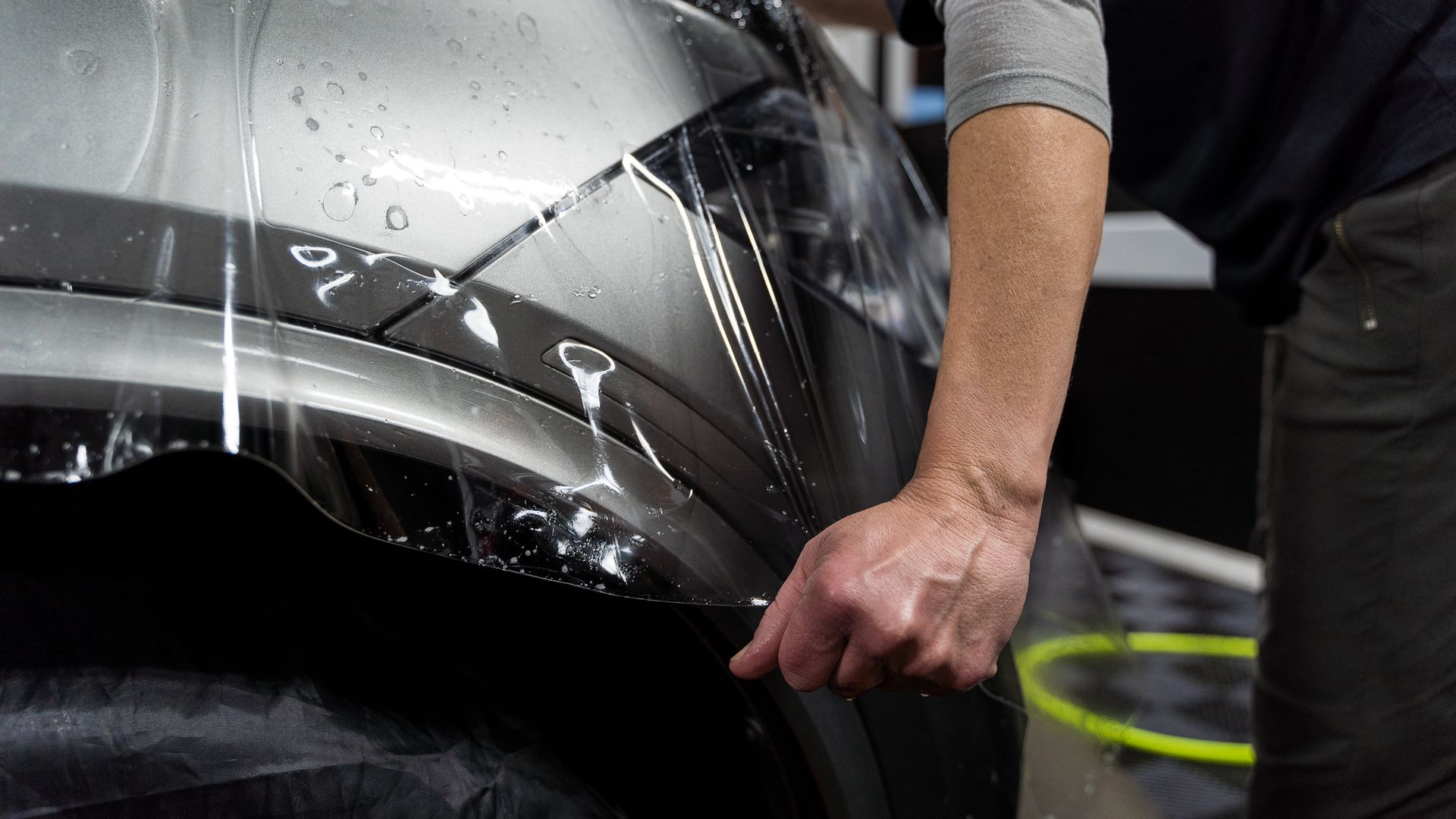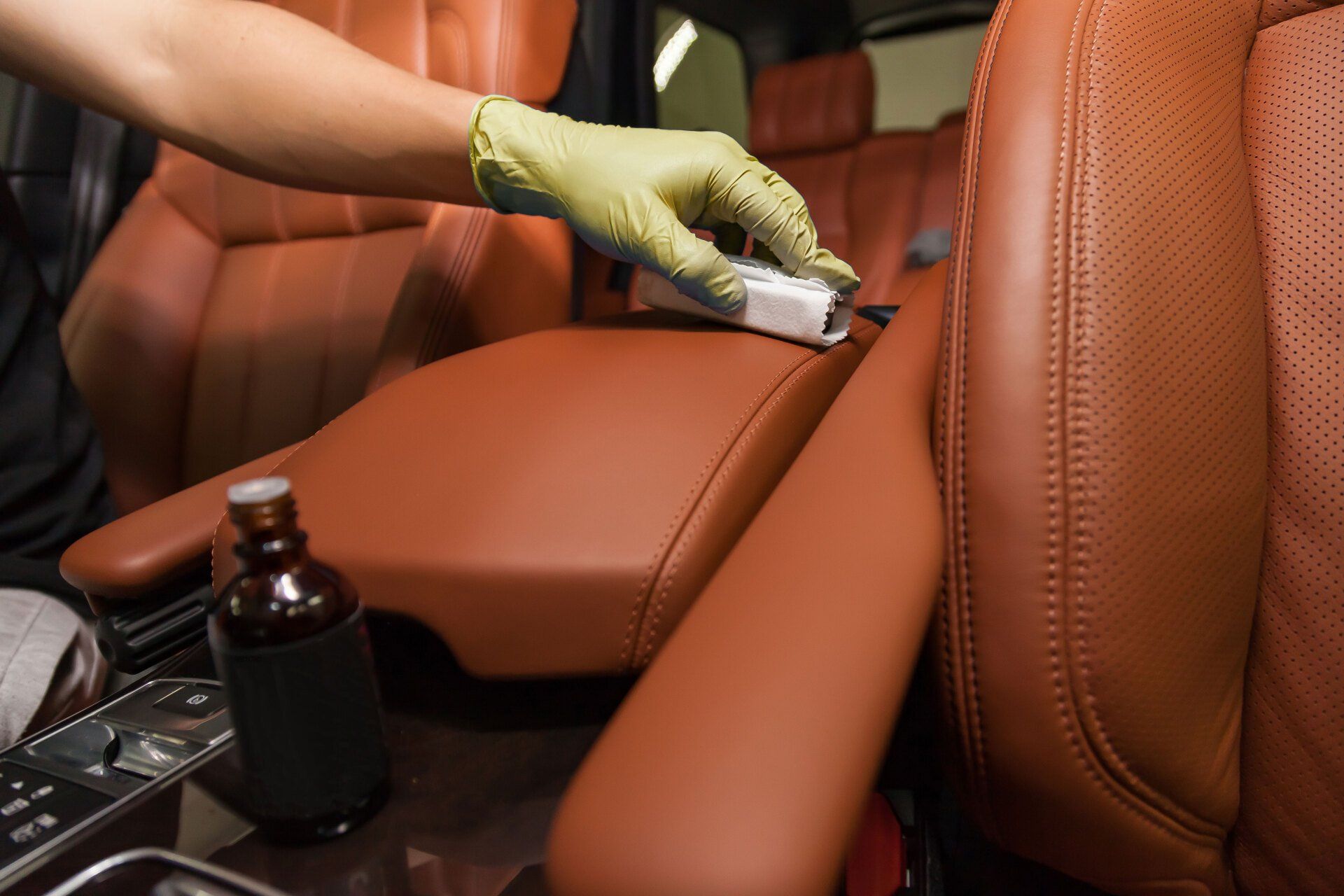Understanding the real cost of paint protection film for cars doesn't stop at the initial price. True, it can set you back $1000 to $5000 initially, but remember, this includes both material and labor. Like anything else, a paint protection film needs care and may require maintenance or replacement down the line due to normal wear and tear. And just when you thought all costs were covered, be aware that varying service rates and types of paint protection films can add up differently.
Paint protection film is a valuable investment for car owners seeking to safeguard their vehicle's paint from scratches and rock chips. While the initial cost may seem high, the long-term protection it offers can outweigh potential expenses related to paint repairs.
The Initial and Long-Term Costs of Paint Protection Film
When considering the cost of paint protection film for a vehicle, there are two primary factors to take into account: the initial installation expenses and the potential long-term costs associated with maintenance and replacements.
- Initial Costs: The cost of applying a paint protection film to a car can vary widely, typically ranging from $1000 to $5000. The size of the vehicle and the complexity of the installation process are influencing factors in this range. It's important to note that this cost includes both the material itself and the labor required for its application. If you have a large vehicle or one with intricate curves and contours, it will likely require more material and labor, leading to a higher overall cost. Conversely, smaller vehicles with less complex surfaces may fall towards the lower end of the price spectrum. It's essential to consult with a professional installer like Portland Pro Detail to obtain an accurate quote tailored to your specific vehicle's make, model, and year.
- Long-term Costs: While PPF is designed to provide durable protection against various forms of damage, it is not impervious to wear and tear over time. As a result, there may be long-term costs associated with maintaining and potentially replacing the film. The longevity of a paint protection film largely depends on factors such as usage patterns, environmental conditions, and how well it is maintained. While some drivers may find that their PPF maintains its integrity for several years without requiring significant attention, others may need more frequent maintenance or even replacements due to heavy use or exposure to harsh conditions.
A daily commuter driving in an urban environment with heavy traffic and regular exposure to road debris may experience faster wear on their paint protection film compared to a weekend driver who primarily navigates rural roads. Similarly, vehicles exposed to extreme weather conditions such as intense sunlight or snow and ice may see accelerated deterioration of the protective film. It's vital for vehicle owners considering a paint protection film to carefully weigh the potential long-term costs associated with upkeep and replacement when evaluating the investment. By factoring in these ongoing expenses, individuals can make an informed decision about whether PPF aligns with their budget and maintenance expectations.
Price Differences Between Services and Types of Film
When it comes to getting paint protection film installed, prices can vary based on the type of service as well as the specific kind of film you choose. It's crucial to understand these price differences in order to make an informed decision about your investment in PPF.
Service Costs
Professional installation services often charge more than do-it-yourself (DIY) kits, and for good reason. The expertise, precision, and experience that professionals bring to the table ensure a higher-quality installation, minimizing the risk of errors that could compromise the protection offered by the film. Additionally, professional installers often provide warranties for their work, giving you extra peace of mind. The costs involved in availing professional services typically include labor, overheads, and warranty coverage.
Film Variants
In addition to the service costs, the types of paint protection films themselves also contribute to price variations. There are different variants of paint protection films available on the market:
- Standard Films: These are basic types of paint protection film with good protective capabilities. They are usually more affordable but offer a lower level of durability and may not have advanced features such as self-healing properties.
- Premium Films: Premium paint protection films come with enhanced protective qualities, better clarity, and longer durability. They tend to be more expensive due to the higher level of quality and performance they deliver.
- Self-Healing Films: These are advanced paint protection films with self-healing properties that allow minor scratches or swirl marks to disappear with heat or time, leaving the surface looking pristine again. This cutting-edge technology contributes to a higher price point compared to standard or premium films.
Buying a car with advanced safety features like automatic emergency braking and adaptive cruise control will generally cost more than a standard model without such features. Similarly, the added benefits and advanced technologies incorporated into different paint protection film variants result in varying price points. It’s like deciding on a smartphone—some people might opt for a basic model while others would prefer a premium version with additional features and functionalities. The choice ultimately depends on individual preferences and budget considerations. Understanding the varying costs associated with paint protection film services and film variants provides valuable insight into choosing the right combination that aligns with your budget and protection requirements.
Influences on Resale Value and Comparison with Paint Job Costs
When it comes to selling your car, appearance matters. That's where a paint protection film really shines. While PPF may not dramatically increase the base resale value of a car, it does something even more important: it preserves the paint in pristine condition, potentially making the car more appealing to prospective buyers. Think of it this way: The better your car looks, the more likely someone will want to buy it. Buyers are often attracted to cars that look new and well-maintained. A vehicle with a paint protection film maintains a glossy finish and an unblemished exterior, reflecting a consistent effort toward maintenance and care. These subtle signals can make a big difference when it comes to impressing potential buyers and influencing their purchasing decisions.
Comparison with Paint Job Costs
Now let's talk about how a paint protection film stacks up against the cost of repainting. It's no secret that repainting areas of a car or the entire vehicle is a substantial expense. Whether you're dealing with chips, scratches, or sun damage, getting a new paint job can seriously dent your wallet. This brings us to the beauty of a paint protection film—it offers comparable protection against chips and scratches, potentially making it a cost-effective alternative to repainting in the long run.
Rather than spending a considerable amount on repaints due to road debris or environmental wear and tear, investing in PPF upfront can save you significant money in the future. The protective film acts as a tough barrier against these elements, reducing your need for costly touch-ups or complete repaints. Think of a paint protection film as an insurance policy for your car's paint job. It shields your vehicle from everyday hazards such as rocks, gravel, and other debris that could cause unsightly damage. It absorbs impacts that would otherwise leave your car's original paint vulnerable and in need of repair.
So, when considering the long-term costs associated with maintaining your car's exterior, a paint protection film emerges as an attractive option that not only safeguards your investment but also saves you from recurring expenses associated with repainting.
The Protection PPF Provides Your Car
Applying paint protection film to your car can act as a barrier between your vehicle's shiny paint and the harsh elements it encounters on the road. This protective layer serves a dual purpose, safeguarding your paint from both physical damage and environmental wear and tear.
- Physical Protection: The daily drive can expose your car's exterior to all sorts of hazards, from small stones and gravel to insects and other debris. A paint protection film acts as a shield against these road warriors, helping prevent chips, scratches, and minor abrasions that would otherwise mar your vehicle's pristine paint job. It's like a sacrificial layer that takes the hit, keeping your original paint looking smooth and flawless for longer. Imagine driving down the highway and encountering loose gravel being kicked up by the car in front of you. Without PPF, those tiny but powerful stones could cause visible dings and chips in your car's finish. However, with a paint protection film in place, these high-speed projectiles are less likely to leave a mark, preserving the integrity of your car's exterior.
- Environmental Protection: Apart from physical damage, the sun's UV rays and environmental pollutants can also take a toll on your car's appearance over time. A paint protection film provides an extra layer of defense against these ravages of nature, helping to shield the paint from fading or discoloration caused by prolonged exposure to sunlight and other outdoor elements. Picture your car parked outside all day under the blazing sun. The ultraviolet rays can gradually fade the vibrant color of your car's paint, leaving it looking dull and lackluster. With a high-quality paint protection film in place, this protective film helps counteract the effects of UV radiation, preserving the gloss and shine of your vehicle's exterior.
By providing this comprehensive protection against both physical and environmental threats, a PPF ensures that your car maintains its aesthetic appeal while minimizing potential damage from everyday road hazards.
Additional Benefits and Warranty Coverage
In addition to shielding your car's paint from scratches, chips, and stains, some premium paint protection film variants boast self-healing properties. This means that minor surface scratches can actually self-repair through exposure to heat or sunlight. It's almost like magic—the film is designed to return to its original state, erasing those tiny scratches as if they never happened. Imagine having a car that can literally heal itself! This self-healing feature maintains the pristine look of your car for longer periods of time, giving you peace of mind even when small accidents happen. The self-healing capability of certain paint protection film products goes a long way toward preserving the sleek appearance of your vehicle. Think about it: Your car might encounter minor abrasions from everyday driving, whether it's from debris on the road or accidental brushes against objects. With self-healing PPF, these superficial imperfections are no match for the innovative technology embedded within the film. It's akin to having an invisible shield that continuously works to keep your car looking brand new.
Moreover, many paint protection film products come with warranties that cover various forms of damage and degradation. These warranties typically include protection against yellowing, cracking, peeling, and discoloration, providing additional peace of mind to car owners. This warranty not only underscores the confidence that manufacturers have in their product but also offers assurance to vehicle owners that they are making a worthwhile investment in protecting their vehicle's appearance. The warranty acts as a safety net by ensuring that if any covered issues arise within the specified timeframe, the product will be removed or replaced at no charge, including parts and labor. It's important to note that this warranty coverage is contingent upon professional installation in accordance with the manufacturer's recommended instructions. Periodic inspections by certified installers are required to maintain the warranty coverage. These safeguards ensure that the product performs as intended and give customers peace of mind, knowing that they can rely on the continuous protection provided by PPF.
Evaluating the Worth: Is PPF Right for Your Car?
Choosing whether to invest in paint protection film for your car is a significant decision. It's not just about the cost; it's also about assessing your driving habits, the road conditions in your area, and your long-term plans with the vehicle. Consider how you use your car. Do you often drive on gravel or dirt roads? Are you frequently commuting on highways with a lot of loose gravel and debris? If so, your car is likely more susceptible to rock chips and could benefit from the added protection of a paint protection film. Conversely, if you mainly drive on well-maintained city streets or smooth highways, the need for PPF might be less pressing.
Ponder your long-term plans for the vehicle. If you tend to keep your cars for many years, protecting the paint with a paint protection film may be a wise investment. However, if you typically trade in or sell your car after a few years, the long-term benefits of a paint protection film might not hold as much weight for you. It's also prudent to seek advice from experts in the field. Professional detailers and PPF installers have valuable knowledge and experience when it comes to understanding how additional protection aligns with the maintenance and care of specific car models. Consulting these professionals will provide insights into how this protective film can work for your specific vehicle. They can assess your car model’s vulnerability to paint damage and provide recommendations tailored to your individual needs. Remember that their expertise can help you make an informed decision about whether a paint protection film is the right choice for your car.
The decision to invest in a paint protection film is a personal one that hinges on various factors. Taking into account usage patterns, long-term plans, and professional advice will assist you in determining whether PPF is a worthwhile investment for safeguarding your vehicle's paintwork.
Top-Notch Paint Protection Film Service in Beaverton, OR
Portland Pro Detail extends its exceptional auto detailing services to
Beaverton, OR, with our top-notch paint protection film service that ensures your vehicle remains in pristine condition. Our skilled technicians meticulously apply high-quality PPF to shield your car's paint from chips, scratches, and environmental damage, providing an invisible barrier that maintains the vehicle's aesthetic appeal. Using the latest technology and superior materials, our team at Portland Pro Detail guarantees a flawless installation and long-lasting protection. Renowned for our precision and dedication to customer satisfaction, Portland Pro Detail is the trusted choice for vehicle owners in Beaverton seeking reliable and effective paint protection solutions. Schedule an appointment or call us at
(503) 444-7415 to get started!
Portland Pro Detail Blog
